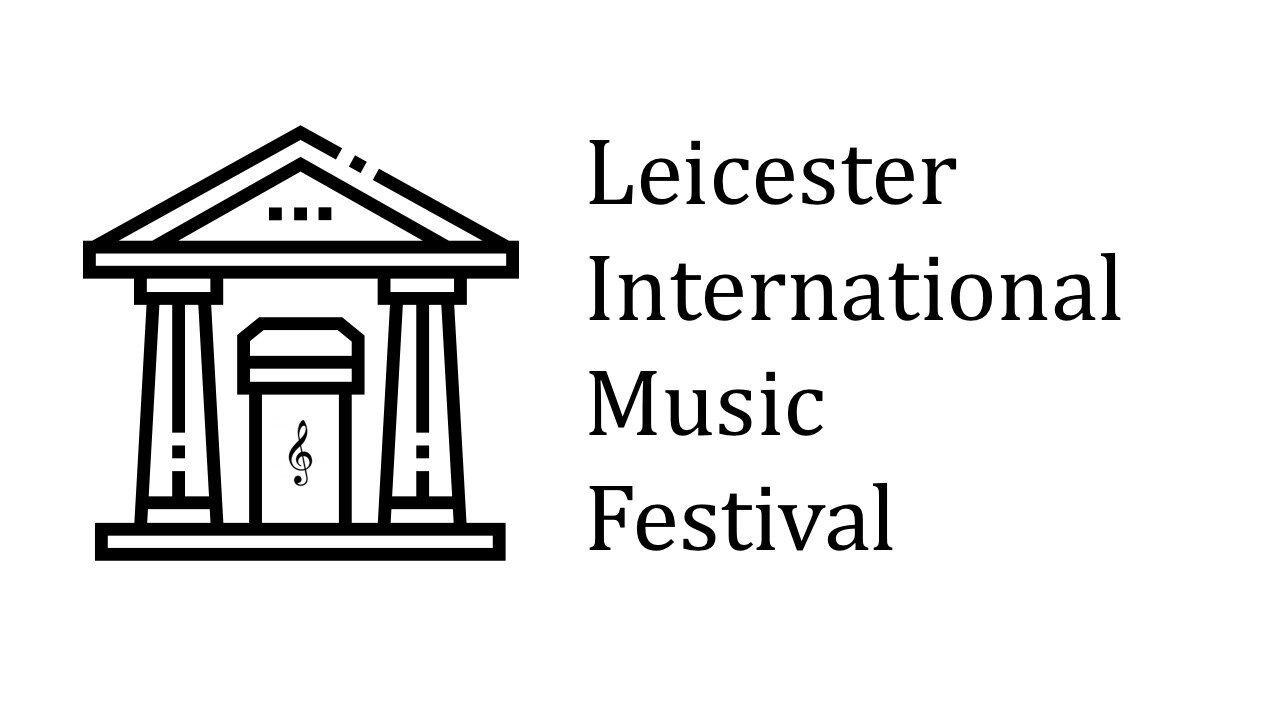Philip Dukes (viola) & Anna Tilbrook (piano), 7 January 2016
Programme notes
Adagio and allegro, Op 70: Robert Schumann (1810-1856)
In 1849 the upsurge of revolution which began in Germany the previous year reached Dresden, where Schumann and his wife, Clara, had been living since 1845. In spite of his republican sympathies, he felt no wish to become actively involved (unlike Wagner, who eventually had to escape to Switzerland to avoid being arrested). On the contrary, the upheavals of public life only seemed to drive him further into his private world. As Clara noted in her diary, “It seems to me extraordinary how the terrible events without have awakened his poetic feeling in so entirely contrary a manner.”
Schumann turned to the intimate, domestic field of chamber music, and for the first time began exploring the combination of a single melody instrument and piano. Besides the Adagio and allegro for horn, he produced the Fantasiestücke for clarinet, the Three romances for oboe, and the Five pieces in folk-style for cello. In all four cases he indicated alternatives to the stated instrument; for the Adagio and allegro violin or cello are also suggested, but it works equally well on the viola.
The opening section, marked ‘slow, with inward expression’, is based on a warmly expressive theme, which is recalled in the quieter episodes in the exuberant rondo (‘quick and fiery’) which follows.
Lachrymae. Reflections on a song of Dowland, Op 48: Benjamin Britten (1913-1976)
Lachrymae is one of the few instrumental pieces which Britten composed between his Second String Quartet (1945) and the series of works for the cellist Mstislav Rostropovich which began in 1961 with the Cello Sonata. It was written for the Scottish viola player William Primrose, who gave the first performance with the composer at the 1950 Aldeburgh Festival. Britten revised the work in 1970, and in 1976 made a version for viola and string orchestra.
Britten’s enthusiasm for Purcell is well-known; he also greatly admired the work of another outstanding composer of songs and instrumental music, John Dowland (1563-1626). Lachrymae takes its title from a collection of Dowland’s consort music published in 1604, and is based on ‘If my Complaints Could Passions Move’, from his Firste Booke of Songes or Ayres of 1597, which also appears in the Lachrymae collection in an instrumental version entitled Captaine Digorie Piper his Galliard.
The form of the work is one Britten was often drawn to: the theme is merely hinted at at the opening, and it only emerges in full from the end of the final variation. The first strain of the song is heard in the bass of the piano shortly after the start of the dark, tentative introduction, and it is this, and its first four notes in particular, which provides the material for the sequence of ten ‘reflections’, or variations, which follow. Each one is sharply contrasted with the one before, but all explore regions of that haunted nocturnal world so familiar in Britten’s work.
In the sixth variation the viola quotes from another Dowland song, ‘Flow my tears’, from his Second Book (1600), over running patterns on the piano. The tenth variation, a restless moto perpetuo for the viola leads to the climactic return of ‘If my complaints...’. This time we hear it complete, starting high on the viola, with restless punctuating material from the piano, though even here the first strain is not quoted exactly. It is only with the second half of the song that we hear the melody in its original form, presented with Dowland’s own harmonies. The accompaniment gradually winds down to the piano’s lowest register as the song sinks to its poignantly understated conclusion.
Viola Sonata in E flat, Op 120 No 2: Johannes Brahms (1833-1897)
1. Allegro amabile
2. Appassionato, ma non troppo allegro
3. Andante con moto – allegro non troppo
When Brahms completed his G major String Quintet, Op 111, in 1890 he intended it to be his last work – “it really is time to stop”, he wrote to his publisher, Fritz Simrock. The following year he met the clarinettist Richard Mühlfeld, whose playing of Mozart and Weber so haunted him that, during the summer, he produced the Trio for clarinet, cello and piano, Op 114 and the Clarinet Quintet, Op 115. Three years later he added the two clarinet sonatas, Op 120, the first important works of their kind. He later adapted the clarinet parts for viola, so creating the first important sonatas for that instrument as well; he also went on to produce versions for violin, which involved making adjustments to the piano part.
The grace and sensitivity of Mühlfeld’s playing earned him the nickname ‘Fräulein Klarinette’; Brahms called him “my Primadonna”. This characteristic naturally carries over into in the violas versions of the two sonatas, which call much more for refinement and delicacy than for virtuoso display. The E flat Sonata, in particular, is notable for the number of times Brahms’ markings remind the performers to adopt a gentle, singing, undemonstrative style of playing.
The first movement of the E flat Sonata is one of the most remarkable examples of Brahms closely working his material so that what emerges appears to be an unbroken span of flowing lyricism almost without readily identifiable divisions into separate sections. A rather more strenuous note is sounded in the second movement, a moderately-paced intermezzo rather than a quick scherzo, with the texture becoming warmer and richer in the broad, sustained central trio section.
The elegantly dancing theme of the last movement is followed by a set of variations. The first strips the theme down to its essentials, while the third sets up a voluble dialogue between the clarinet and the pianist’s right hand. Simplicity returns in the fourth variation, before the tempo increases for the fifth. This is followed by a coda marked più tranquillo which ends with a burst of energy, exuberant but not outstaying its welcome.
© Mike Wheeler, 2015
